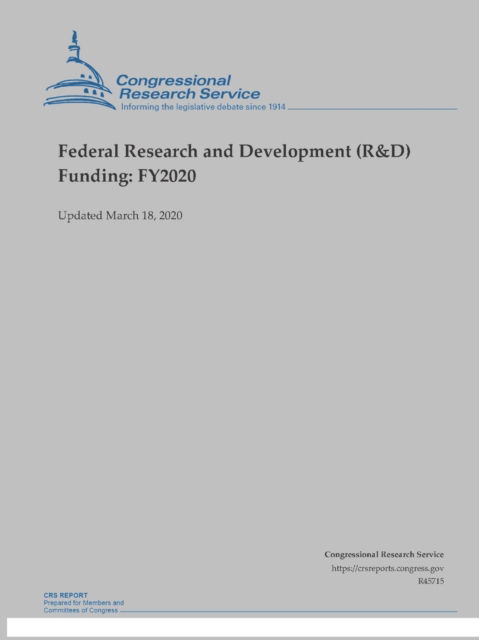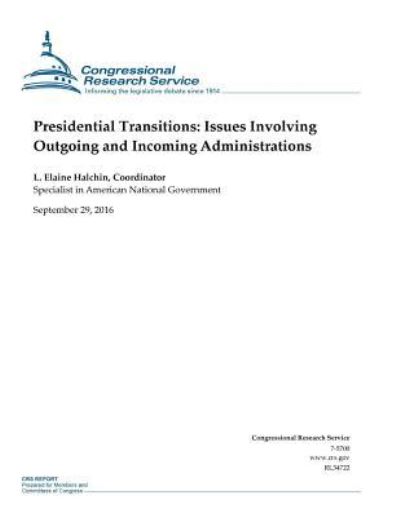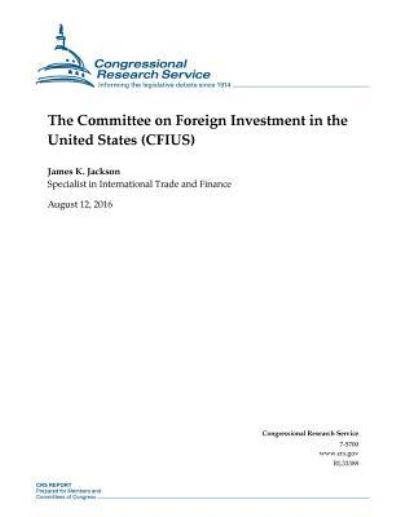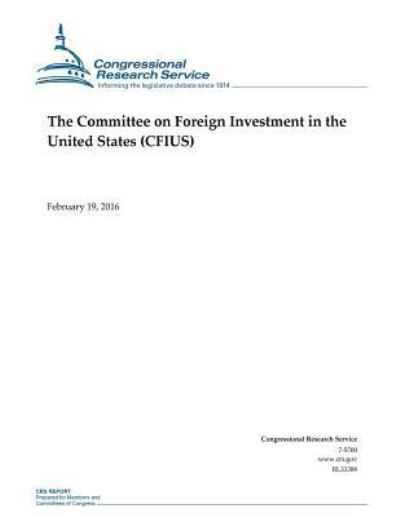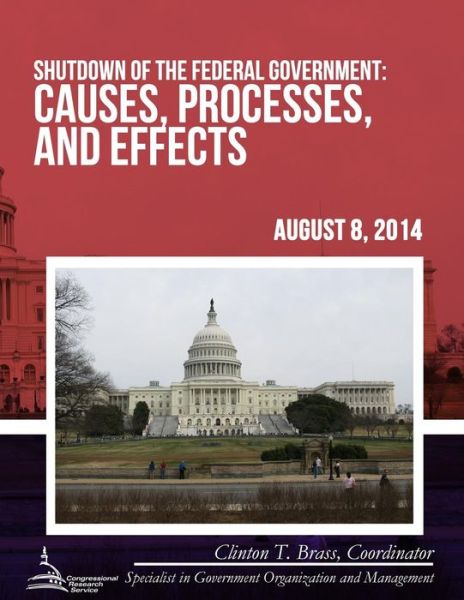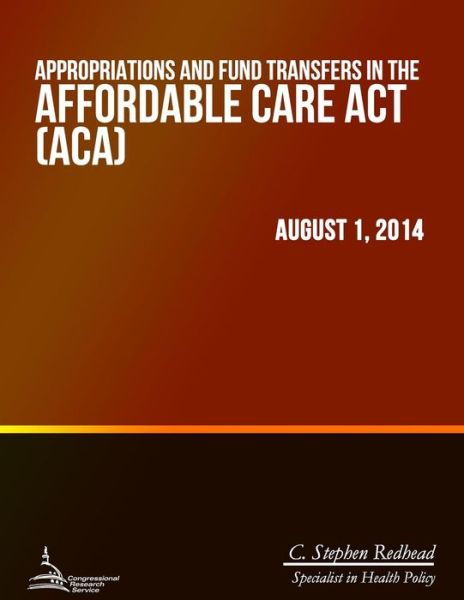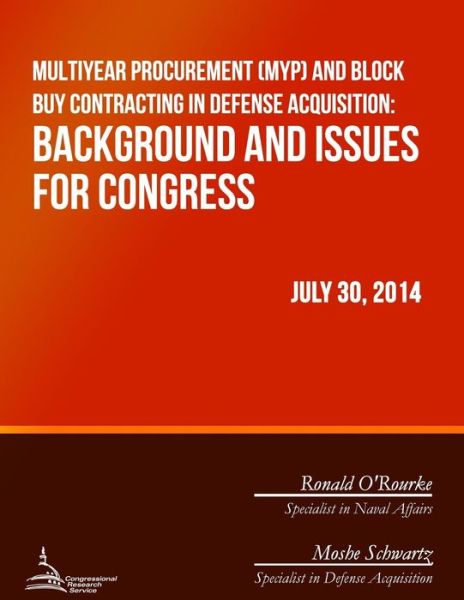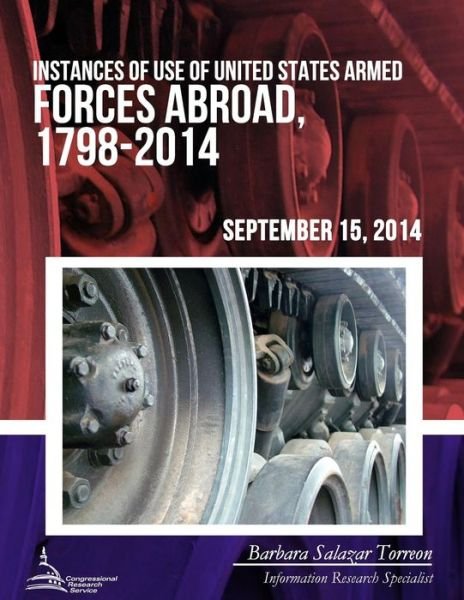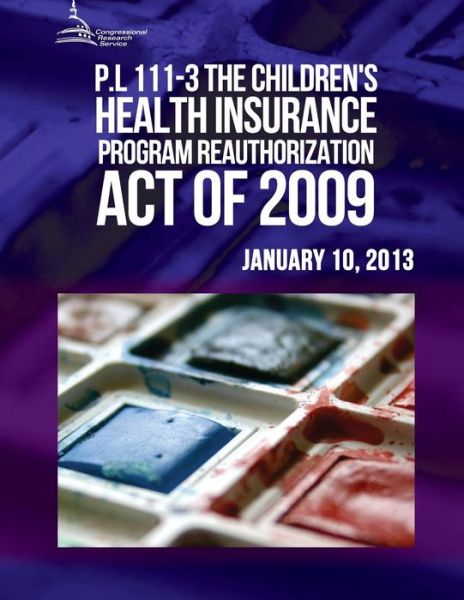
Powiedz znajomym o tym przedmiocie:
Job Creation in the Manufacturing Revival
Congressional Research Service
Job Creation in the Manufacturing Revival
Congressional Research Service
The health of the U. S. manufacturing sector is of ongoing interest to Congress. Numerous bills aimed at promoting manufacturing are introduced in each Congress, often with the stated goal of creating jobs. Implicit in many of these bills is the assumption that the manufacturing sector is uniquely able to provide well-paid employment for workers who have not pursued education beyond high school. Lines between manufacturing and other economic sectors are increasingly blurred. Many workers in fields such as industrial design and information technology perform work closely related to manufacturing, but are usually counted as employees in other sectors unless their workplace is within a manufacturing facility. Temporary workers in factories typically are employed by third parties and not treated as manufacturing workers in government data. Further, technology, apparel, and footwear firms that design and market manufactured goods but contract out production to separately owned factories are not considered to be manufacturers, even though many of their activities may be identical to those performed within manufacturing firms. These definitional issues have made it more challenging to assess the state of the manufacturing sector. This report addresses the outlook for employment in the manufacturing sector. Its main conclusions are the following: U. S. manufacturing output has risen approximately 22% since the most recent low point in 2009, but almost all of that expansion occurred prior to the end of 2014. Increased manufacturing activity has resulted in modest growth of employment in the manufacturing sector, a trend that seems likely to persist even if manufacturing output continues to expand. Wages for production and nonsupervisory workers in manufacturing, on average, have declined relative to wages of similar workers in other industries. Although workers in some manufacturing industries earn relatively high wages, the assertion that manufacturing as a whole provides better jobs than the rest of the economy is increasingly difficult to support. Manufacturers spend more per work-hour for worker benefits than private employers in other industries, but the difference has diminished in recent years. A declining proportion of manufacturing workers is involved in physical production processes, while larger shares perform managerial and professional tasks. Many routine manufacturing tasks are now performed by contract workers, whose wages are lower than those of manufacturing firms' employees in similar occupations. These changes are reflected in increasing skill requirements at manufacturing firms and diminished opportunities for workers without education beyond high school. The average number of new manufacturing establishments opened each year since the end of the last recession remains much lower than in the period between 1977 and 2009. Unlike in the service sector, few jobs in manufacturing are provided by new establishments. Conversely, plant closings are responsible for only a small share of jobs lost. Change in manufacturing employment overwhelmingly occurs through hiring or job reductions at existing facilities.
| Media | Książki Paperback Book (Książka z miękką okładką i klejonym grzbietem) |
| Wydane | 2 czerwca 2018 |
| ISBN13 | 9781720653066 |
| Wydawcy | Createspace Independent Publishing Platf |
| Strony | 28 |
| Wymiary | 216 × 279 × 2 mm · 90 g |
| Język | English |
Więcej od Congressional Research Service
Zobacz wszystko od Congressional Research Service ( np. Paperback Book i Book )


